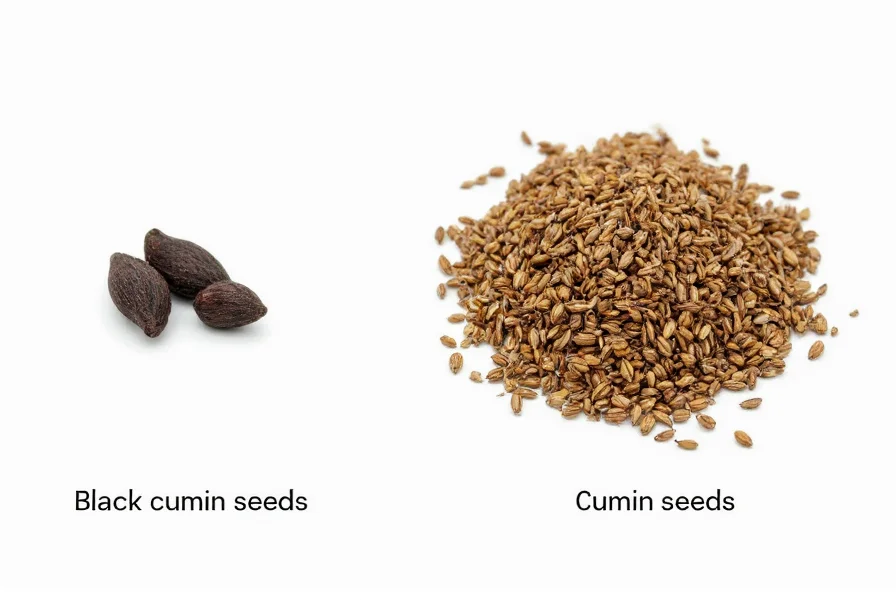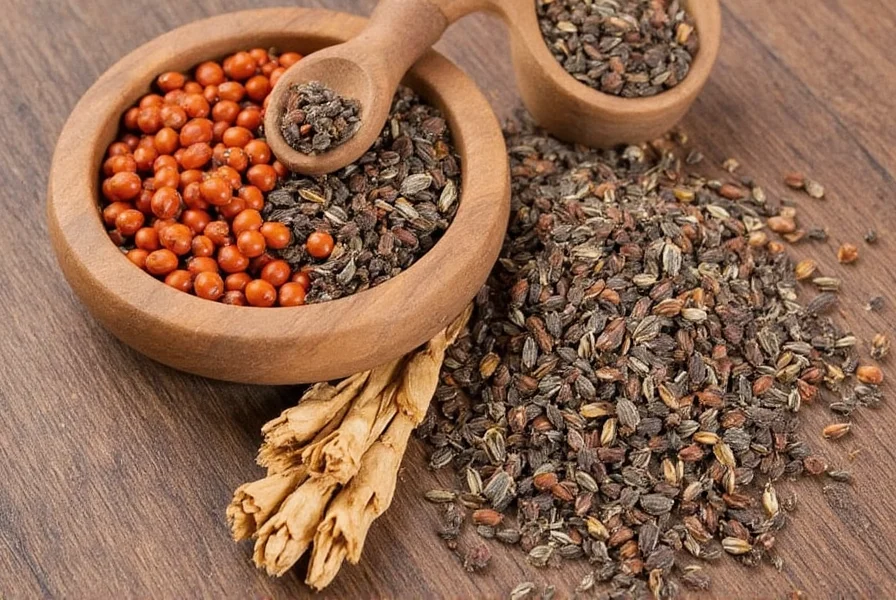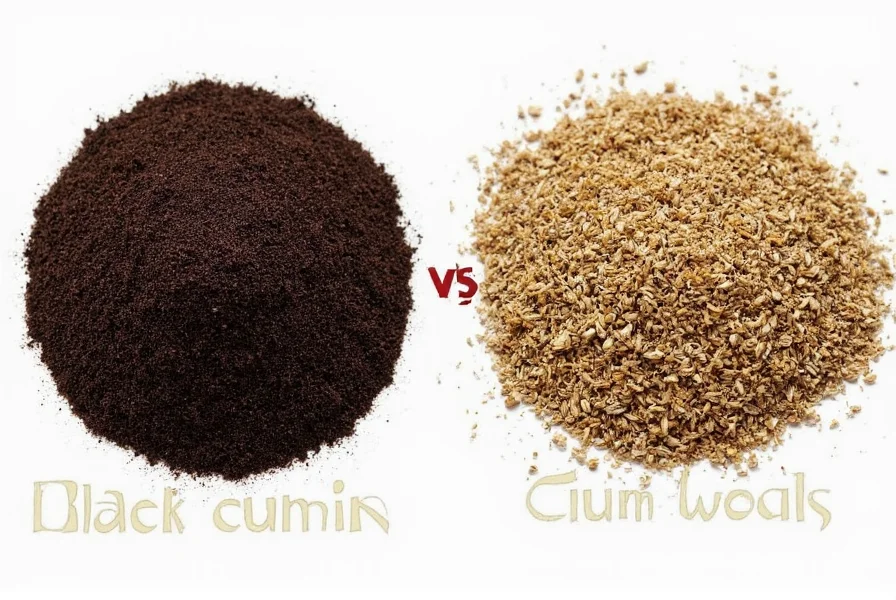Many home cooks and even experienced chefs confuse black cumin with regular cumin due to similar naming conventions. This comprehensive comparison clarifies the botanical, culinary, and nutritional distinctions between these two essential spices that share a name but little else.
Botanical Differences: Not Related Plants
Despite their similar names, black cumin and cumin belong to completely different plant families. Black cumin (Nigella sativa) comes from the Ranunculaceae family (buttercup family), while regular cumin (Cuminum cyminum) belongs to the Apiaceae family (carrot family). This fundamental botanical difference explains why their flavors, aromas, and culinary applications vary significantly.
Black cumin is sometimes called kalonji in Indian cuisine, habbat al-barakah in Arabic traditions, or black caraway in some European contexts. Regular cumin has fewer naming variations but is occasionally confused with black cumin in certain regional markets.

Physical Characteristics Comparison
| Characteristic | Black Cumin (Nigella sativa) | Regular Cumin (Cuminum cyminum) |
|---|---|---|
| Size | 1-2mm, very small | 3-6mm, noticeably larger |
| Color | Jet black to dark gray | Light to medium brown |
| Shape | Slightly curved, tear-shaped | Straight or slightly curved, elongated |
| Texture | Smooth surface | Ridged surface with visible lines |
| Aroma | Complex: onion, pepper, oregano notes | Earthy, warm, slightly smoky |
| Taste | Mildly bitter, peppery, with floral notes | Strong, earthy, warm, distinctly bitter |
Culinary Applications: Different Roles in Global Cuisines
Understanding the difference between black cumin and cumin is essential for authentic cooking. Black cumin (kalonji) primarily features in Indian, Middle Eastern, and Eastern European cuisines. In Indian cooking, it's commonly used in naan bread, pickles, and certain curry blends. Middle Eastern bakers incorporate it into breads like pita and lavash.
Regular cumin forms the backbone of Latin American, North African, and South Asian spice blends. It's essential in chili powder, garam masala, curry powders, and taco seasonings. When toasted and ground, cumin develops a distinctive warm, earthy flavor that defines many global dishes.
Professional chefs emphasize that substituting black cumin for regular cumin (or vice versa) dramatically alters a dish's character. The difference between black cumin and cumin in cooking applications cannot be overstated—they serve completely different flavor purposes.
Nutritional and Medicinal Properties
Both spices offer health benefits, but their active compounds differ significantly. Black cumin contains thymoquinone, which research suggests has anti-inflammatory and antioxidant properties. Traditional medicine systems have used black cumin seeds for respiratory support and immune function for centuries.
Regular cumin provides substantial iron content and contains compounds like cuminaldehyde that may support digestion. Studies indicate cumin may help with blood sugar regulation and cholesterol management. When comparing black cumin benefits vs cumin benefits, each offers unique phytochemical profiles with different potential health applications.

Storage Recommendations for Maximum Freshness
Both spices benefit from proper storage but have different shelf lives. Black cumin maintains its flavor for 1-2 years when stored in an airtight container away from light and heat. Regular cumin, with its higher oil content, begins losing potency after 6-12 months. For optimal flavor in dishes requiring either spice, buy whole seeds and grind them as needed rather than purchasing pre-ground versions.
Common Misconceptions Clarified
One widespread misconception is that black cumin and cumin are simply color variations of the same plant. This couldn't be further from the truth—they're botanically unrelated. Another common error involves confusing black cumin with shahi jeera (caraway seeds), which are sometimes called black cumin in certain regions.
When shopping for either spice, always check the scientific name on packaging. The question is black cumin the same as cumin has a definitive answer: no, they are completely different botanical entities with distinct culinary roles.
Practical Substitution Guidance
If you've ever wondered how to use black cumin instead of cumin, the reality is they don't substitute well for each other. In Indian recipes calling for black cumin (kalonji), you might use a pinch of caraway or nigella seeds as alternatives. For regular cumin, consider coriander seeds with a touch of chili powder for similar earthiness.
Professional chefs recommend keeping both spices in your pantry as they serve unique purposes. Understanding the difference between black cumin seeds and regular cumin seeds prevents recipe failures and ensures authentic flavor profiles in global cuisines.











 浙公网安备
33010002000092号
浙公网安备
33010002000092号 浙B2-20120091-4
浙B2-20120091-4